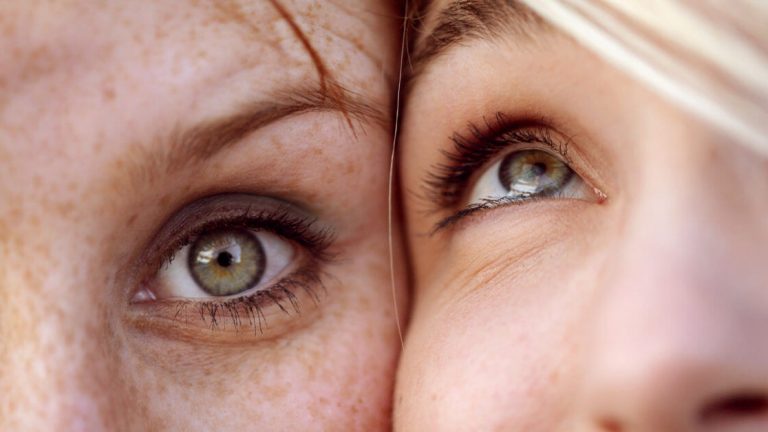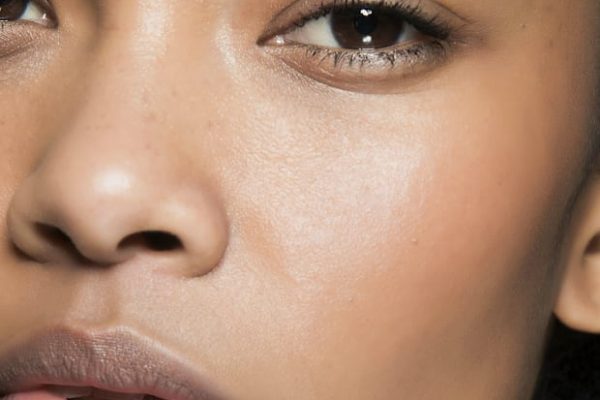A common skin condition affecting millions, Rosacea is often hard to diagnose. Simply put, Rosacea is a long-term skin disorder characterized by flare-ups of flushing and persistent redness on the nose and cheeks. Here we will discuss rosacea symptoms causes and treatment.
If you’re a Rosacea sufferer, you know how embarrassing the symptoms can be. Not only do Rosacea’s redness and bumps make people think you’ve been out in the sun too long, but they can also cause discomfort and pain. Treating Rosacea is vital to reduce its impact on your life, and there are some effective treatments available. Rosacea is a condition that sometimes flares up and then subsides.
A flare-up is when rosacea symptoms become more noticeable; remission is when your skin clears up. Rosacea may affect only the face or spread to the eyes, ears, nose, and neck. It can even reach beyond the skin in more severe cases, causing joint pain or headaches. If you have severe Rosacea, or if your symptoms don’t respond well to treatment, there’s another option for you: laser therapy. This non-invasive procedure uses a laser to destroy damaged blood vessels deep beneath the surface of your skin without damaging healthy tissue.
Rosacea Symptoms Causes and Treatment
Causes and Symptoms
If you are unsure of what Rosacea looks like, you are not alone. Many people have never heard of this condition, but an estimated 16 million Americans suffer from these symptoms. Rosacea is considered “adult acne.” It can be unpleasant when you break out in red bumps on your face or if your skin turns blotchy. In addition to embarrassment, Rosacea can cause intense irritation, burning sensations, and stinging.
While some cases of Rosacea may be caused by alcohol consumption or spicy foods, it usually develops without a known cause. Some doctors believe that Rosacea may result from having fair skin that quickly becomes flushed when exposed to sunlight. Other possible causes include sun damage, having a family history of the disease, or being overweight. Treatment options are available, and most people find relief when they start using them.
Treatment: See a dermatologist. Rosacea may be mistaken for acne and treated as such, but it’s not the same. Acne is caused by excess oil on the skin, while Rosacea is caused by inflammation of the facial blood vessels. The treatment objective is to minimize symptoms and their impact on your daily life. Treatment for Rosacea involves identifying and avoiding known aggravating factors, such as certain foods or sunlight. Some cases may effectively manage Rosacea with gentle cleansing and moisturizing products. If you have persistent symptoms that don’t respond to self-care, your doctor may prescribe an antibiotic cream to help.
Rosacea doesn’t require medical treatment if you make lifestyle changes that avoid known triggers and reduce inflammation in the affected skin areas. However, it’s essential to visit your doctor to ensure you receive proper diagnosis and treatment if you have any concerns about the condition. If a more severe cause is identified, the doctor will recommend appropriate remedies.
Use gentle cleansers. Regular soap may be too harsh and dry on your skin. Look for a product specifically designed for sensitive or delicate skin. To avoid drying out your skin, look for products with lower levels of sodium lauryl sulfate, an ingredient found in many soaps that can dry and irritate your skin. Avoid other harsh ingredients like alcohol.
Avoid triggers like spicy foods, hot liquids, and sun exposure. Colder temperatures may help control flushing.
Apply moisturizer after washing your face with a gentle cleanser and patting it dry without rubbing or scrubbing.
Wear sunscreen year-round to protect against ultraviolet radiation from sunlight that may worsen Rosacea.




